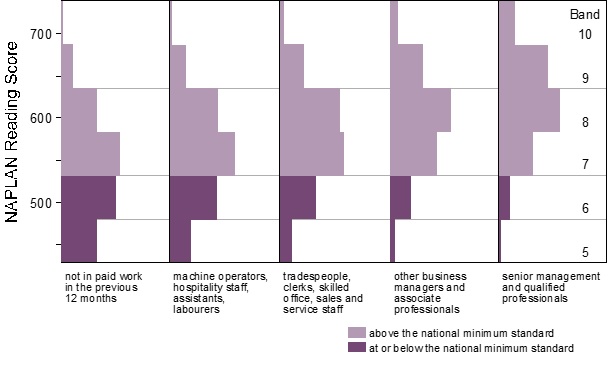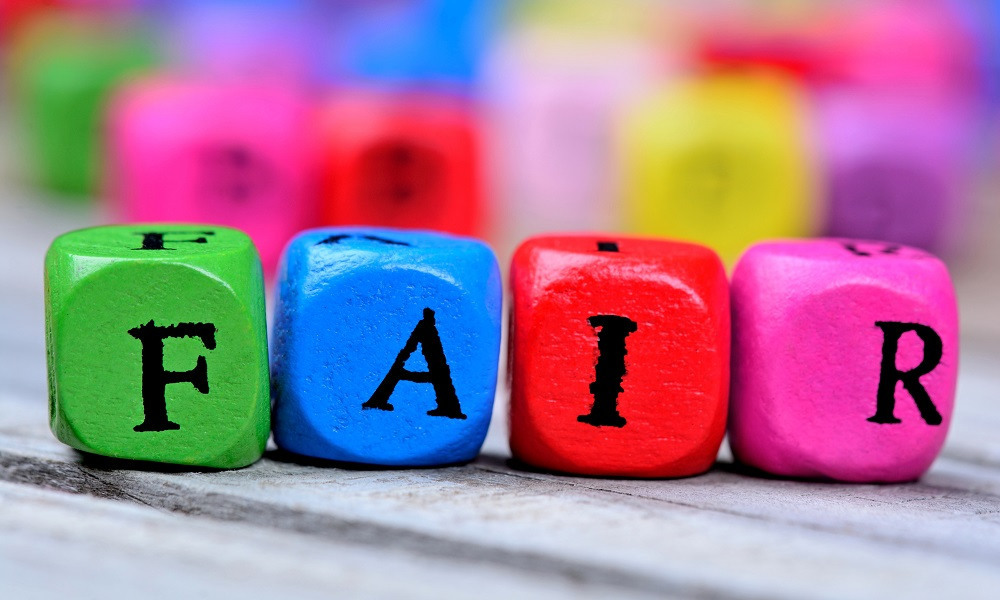What is ‘equity' in education?
Equity in education is often viewed as equivalence or sameness. A more useful way to view equity is through the lens of ‘fairness'.
The Cambridge Dictionary defines equity as ‘the situation in which everyone is treated fairly and equally'. The implication is that equity depends on equality of treatment.
But an interesting 2017 article by Yale researchers (Stamans, Sheskin & Bloom, 2017) points to evidence that, in general, people value fairness over equivalence. There are situations in which people view equal treatment as fair, but other situations in which they view unequal treatment as fair. This suggests that, when it comes to ‘equity', fairness trumps equality.
When is equal treatment ‘fair'?
The authors describe psychological experiments in which even very young children show a strong preference for the equal distribution of resources to members of a group. In one study, six year olds showed such a strong commitment to equal sharing that they insisted on throwing away extra resources rather than allowing them to be unequally distributed. Research findings of this kind have been interpreted as indicating a natural human ‘aversion to inequality'. But the authors point out that equal distribution is considered fair when there is no obvious basis for differentially distributing resources. Under these conditions, everybody is considered equally deserving and unequal distribution is considered unfair.
When is unequal treatment ‘fair'?
On the other hand, the authors cite research evidence that people consider unequal distribution fair when it is based on differences in merit or need. For example, people generally believe that unequal remuneration for work is fair if it rewards differing levels of expertise, effort or contribution to society. People are generally happy to have more resources allocated to individuals with special needs. Or, if a pre-existing situation has resulted in unfair inequality, people generally prefer to allocate future resources unequally to correct or minimise this inequality. Under these conditions, some individuals are considered more deserving than others and unequal distribution is considered fair.
In school education, an ‘equitable' system could be defined as one in which all students are treated equally – for example, a system in which all students are given the same opportunities, exposed to the same school curriculum, taught by teachers with equivalent expertise, held to the same learning expectations and provided with equivalent levels of resourcing and support. Educational policies and discussions of equity sometimes reflect this view of equity as equality.
However, as in other areas of life, equity in school education is likely to be associated with equal treatment in some situations (where there is no obvious basis for differential treatment), and unequal treatment in others. Two examples follow.
Example 1: Addressing unequal learning needs
Students in the same year of school are broadly the same age and have been at school for the same length of time. On these grounds alone it might be considered appropriate to treat all students identically – to teach them the same curriculum, expose them to the same learning opportunities, hold them to the same expectations and assess and grade them against the same performance standards. Indeed, it could be argued that to have different performance expectations of students in the same year of school would be unfair and inequitable.
However, students in the same year of school differ widely in their stages of learning and development. The most advanced students typically begin (and end) the school year five to six years ahead of the least advanced students. In this sense, students are not equal; they have very different levels of attainment and so benefit from different learning opportunities and challenges. Most teachers recognise this and differentiate their teaching to cater for these individual differences. They choose unequal treatments in response to observable differences in student needs. Indeed, it could be argued that to fail to recognise these differences and to hold all students to the same performance expectations would be unfair and inequitable.
From this perspective, students are treated ‘equitably' when their unequal starting points are acknowledged and when attempts are made to differentially meet individual needs. Rather than expecting all students to reach the same point in their learning at the same time, every student is expected to make excellent progress in their learning, regardless of their starting point.
Example 2: Addressing unequal student backgrounds
An ‘equitable' school system might be considered to be one in which all students are treated equally – for example, by ensuring that they are taught by teachers with equivalent levels of expertise, have access to equivalent school facilities and have identical levels of government funding allocated to their education. Under this ‘all students are created equal' rationale, all students might be considered to have a fundamental entitlement to the same quality of schooling. If some students had access to better teaching, better schools or more government funding, then that might be considered unfair and inequitable.
However, students do not have equal needs. Some students have special needs that require additional adult support, special school facilities and additional funding to meet those needs. As a society, we consider it fair that resources are distributed unequally to meet those special needs and to ameliorate the disadvantages that some students face. Fairness trumps equality in determining what is ‘equitable'.
Similarly, it is well understood that students come from unequal backgrounds. Some students are disadvantaged by the circumstances into which they are born. These differences often influence the quality of the schooling students receive, the quality of home support and students' performances throughout their schooling. Figure 1 shows distributions of Year 9 students' reading abilities for different parental occupation groups. The proportion of students at or below the national minimum standard (darker shading) is considerably greater for lower parental occupation groups than for higher groups. The effects of students' backgrounds are still strongly evident in Year 9 reading levels.

Figure 1. Achievement of Year 9 students in Reading, by parental occupation
In an ‘equitable' school system, students' special needs and unequal socioeconomic backgrounds are recognised and resources (for example, teaching expertise) are distributed unequally in an attempt to redress disadvantage due to personal and social circumstances. Here again, ‘equity' is achieved by prioritising fairness over equality.
References
Stamans, C, Sheskin, M & Bloom, P (2017). Why people prefer unequal societies. Nature Human Behaviour. Vol 1, Article No. 82.
Professor Masters' current article is co-written with Professor Ray Adams. Professor Adams is the Director of ACER's Centre for Global Education Monitoring and a Professorial Fellow of the University of Melbourne, specialising in psychometrics, educational statistics, large-scale testing and international comparative studies.
